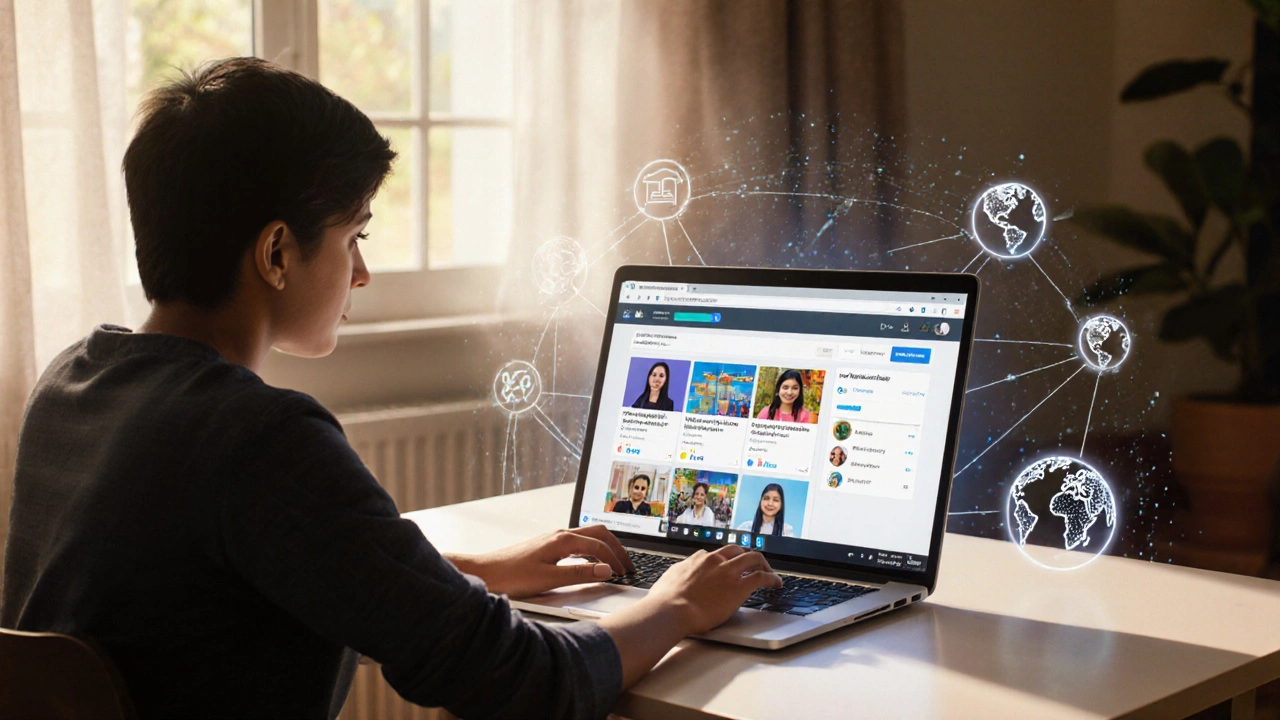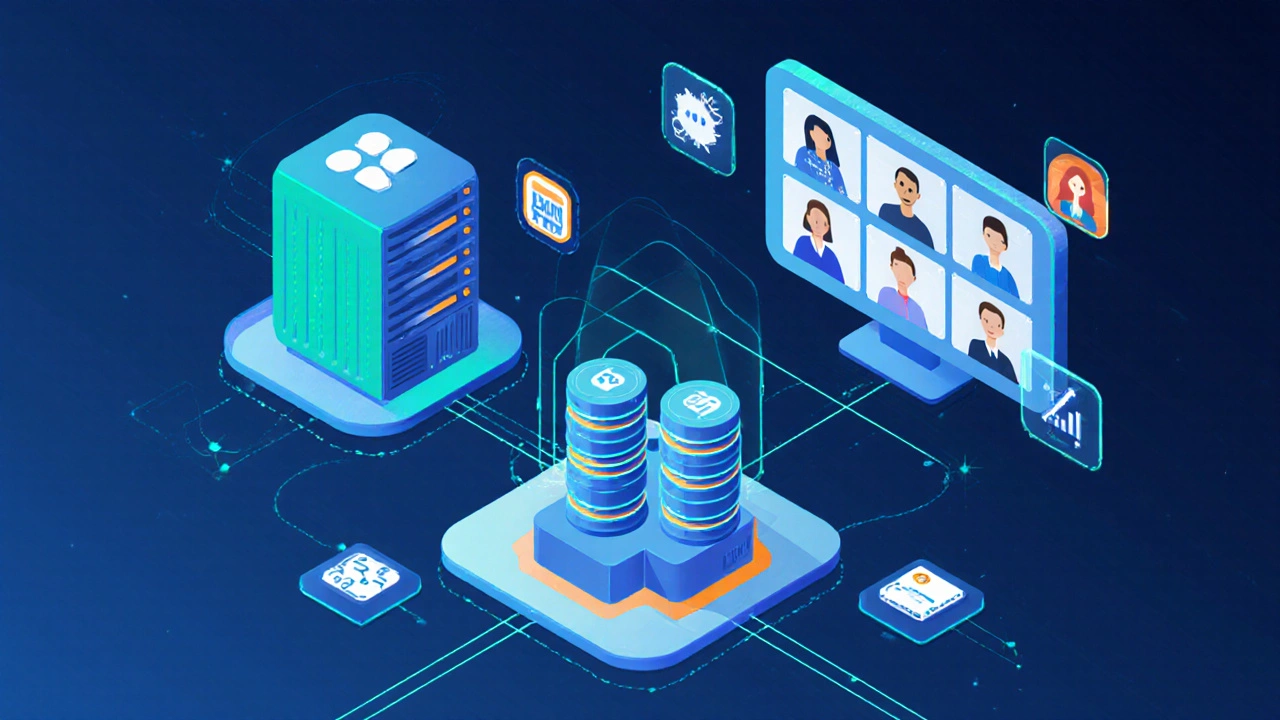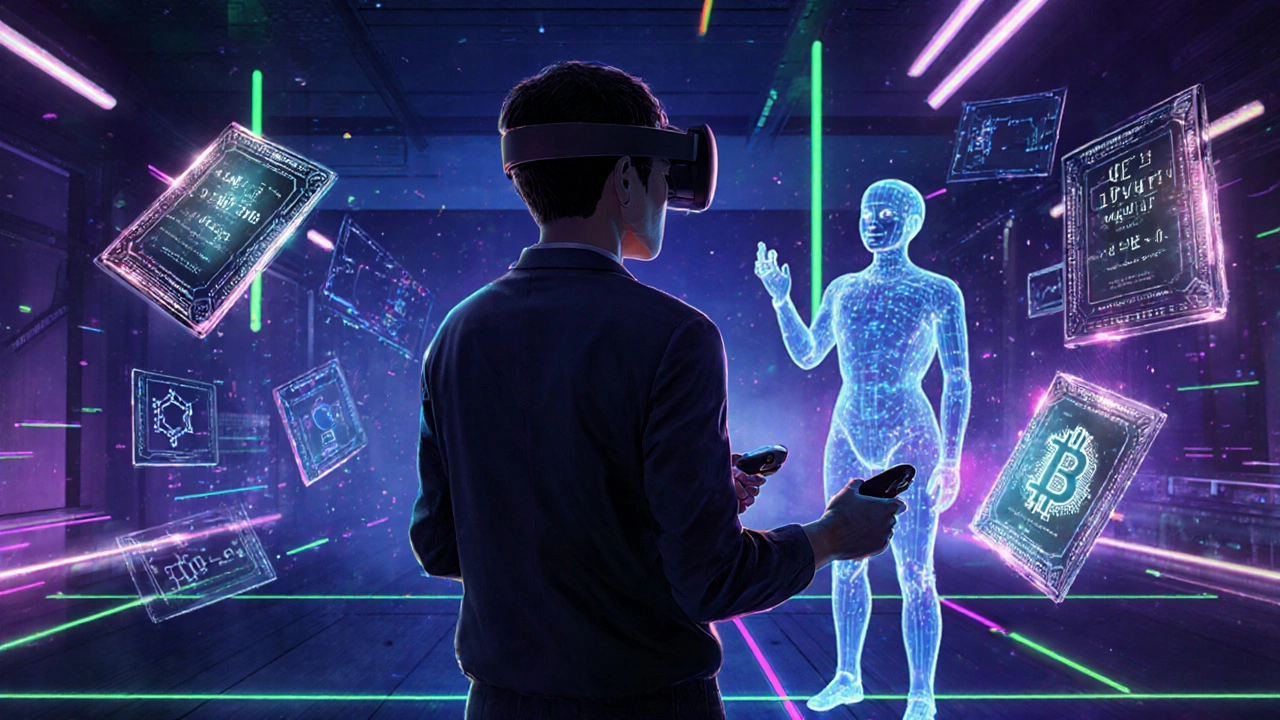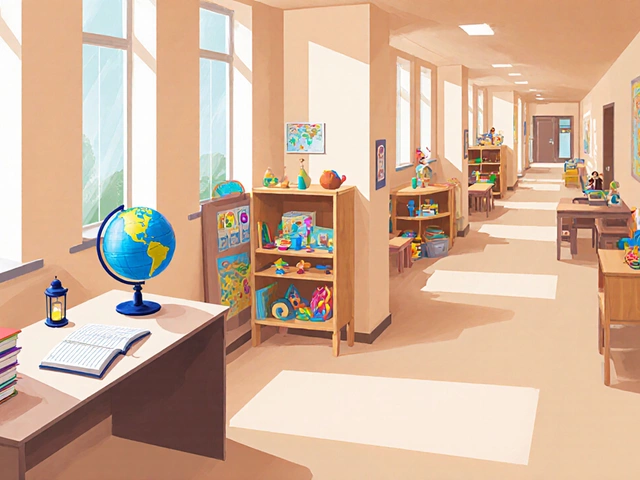
Distance Learning Bandwidth Calculator
Calculate the minimum internet bandwidth needed for your distance learning program based on the number of students and activities.
Bandwidth Requirements
When the pandemic forced classrooms to go digital, many wondered: distance learning is just video calls, or is there a whole system behind it? This guide breaks down the mechanics, tools, and best practices so you can tell if a program is truly effective or just a collection of webinars.
What is Distance Learning?
Distance learning is a mode of education where teaching and learning happen away from a traditional physical classroom. It relies on technology to deliver content, assess performance, and foster interaction. Unlike occasional webinars, distance learning is structured, often spanning weeks or months, and aligns with formal credit or certification.
Core Components that Make It Tick
Three pillars keep a distance learning program running smoothly:
- Learning Management System (LMS) - the central hub where courses are created, hosted, and tracked. Think of it as the digital campus.
- Video conferencing - the live‑room where teachers and students meet in real time.
- Content delivery network (CDN) - the behind‑the‑scenes infrastructure that streams videos, PDFs, and quizzes without lag.
When these pieces talk to each other via APIs, you get an experience that feels like a campus, only on a screen.
Synchronous vs. Asynchronous Learning
Distance learning can be split into two styles. Understanding the difference helps you pick the right fit for your schedule and learning goals.
| Aspect | Synchronous | Asynchronous |
|---|---|---|
| Timing | Live, scheduled sessions | Self‑paced, on‑demand |
| Interaction | Real‑time chat, polls, breakout rooms | Discussion boards, recorded Q&A |
| Technology | Video conferencing tools (e.g., Zoom, Teams) | Learning Management System modules, downloadable assets |
| Ideal for | Skill‑based workshops, language practice | Theory‑heavy courses, busy professionals |
Many programs blend both, creating a Blended learning environment where weekly live sessions supplement self‑paced modules.

The Role of MOOCs and Credentialing
Massive Open Online Courses (MOOCs) have democratized access to elite university content. Platforms like Coursera or edX host thousands of courses, each structured for distance learners: videos, readings, quizzes, and peer‑graded assignments.
However, a MOOC alone doesn’t guarantee a recognized qualification. Accreditation agencies evaluate whether a program meets industry standards. If a distance learning program is accredited, its certificates carry weight with employers and can count toward formal degrees.
How to Set Up a Successful Distance Learning Experience
- Choose an LMS that matches your curriculum size. Look for features like gradebook integration, multimedia support, and mobile apps.
- Plan the mix of synchronous and asynchronous activities. A typical week might include a 60‑minute live discussion plus three self‑paced modules.
- Develop clear Student engagement strategies. Use weekly polls, gamified quizzes, and peer review assignments to keep motivation high.
- Test your Internet bandwidth requirements. Streaming 1080p video needs at least 5 Mbps per user; record lower‑resolution backups for slower connections.
- Provide technical support channels-email, chat, or a dedicated help desk-so learners aren’t stuck on a glitch.
Following this checklist reduces dropout rates, which historically hover around 30 % for poorly designed online programs.

Benefits and Challenges of Distance Learning
Benefits are straightforward: flexibility, geographic independence, and often lower tuition. A 2023 OECD report showed that distance learners saved an average of 12 hours per week on commuting.
Challenges are equally real. Isolation can lead to lower Student engagement scores, and asynchronous formats may delay feedback. To combat this, many institutions add virtual office hours, automated grading scripts, and AI‑driven tutoring bots.
Future Trends Shaping Distance Learning
Artificial intelligence is making personalization possible. Adaptive learning engines analyze quiz results and adjust content difficulty on the fly, creating a tailored path for each learner.
Virtual reality (VR) labs are emerging for science and engineering courses, letting students conduct simulated experiments without a physical lab. While still pricey, a 2024 pilot at a New Zealand university reported a 20 % increase in concept retention.
Finally, blockchain‑based credentialing promises tamper‑proof certificates that employers can verify instantly, reducing fraud in online qualifications.
Quick Checklist for Choosing a Distance Learning Program
- Is the program hosted on a reputable LMS with mobile support?
- Does it offer a blend of synchronous and asynchronous activities?
- Is the provider accredited by a recognized agency?
- Are there clear policies for technical support and grading timelines?
- Does the curriculum include engagement tools like discussion boards or peer review?
What equipment do I need for effective distance learning?
A reliable laptop or tablet, a headset with a mic, and a broadband connection of at least 5 Mbps are the minimum. For video labs or VR simulations, a webcam with 1080p capability and, optionally, a VR headset are recommended.
How is progress tracked in a distance learning course?
The LMS records quiz scores, assignment submissions, and participation in live sessions. Many systems generate a visual progress bar that updates in real time, allowing learners and instructors to spot gaps early.
Can I earn a recognized degree through distance learning?
Yes, if the program is accredited. Accredited online degrees are treated the same as on‑campus degrees by most employers and graduate schools.
What are the best practices for staying motivated?
Set a weekly schedule, join study groups, and use the LMS’s gamification features (badges, leaderboards). Regularly schedule virtual coffee breaks with classmates to recreate campus camaraderie.
How do I get help if I encounter technical issues?
Most institutions provide a dedicated support portal, live chat, and a ticketing system. Check the LMS’s help center for FAQs before reaching out; many issues have quick self‑service fixes.
More Articles

Best Kids Syllabus: How to Pick the Right Curriculum for Your Child
A practical guide to picking the best kids syllabus, comparing major curricula, and offering step‑by‑step advice for parents.

Top Scholarship Exams: Your Guide to Securing Funding
Finding the right scholarship exam can be a pivotal step in securing financial aid for your studies. This article delves into various scholarship exams, providing insights into which might suit your educational needs best. We'll explore options ranging from SAT and ACT to GRE and national merit awards. Get to know the requirements and benefits of each to make an informed decision in your pursuit of higher education.

Which Programming Language to Learn First?
Choosing the right programming language to start with can be tough, but it depends on your goals and interests. Python is great for beginners due to its readability, while JavaScript opens doors to web development. Understanding the basics of logic and structure is key regardless of the language you choose. This article explores the pros and cons of popular languages and offers guidance on making the right choice for budding programmers.
